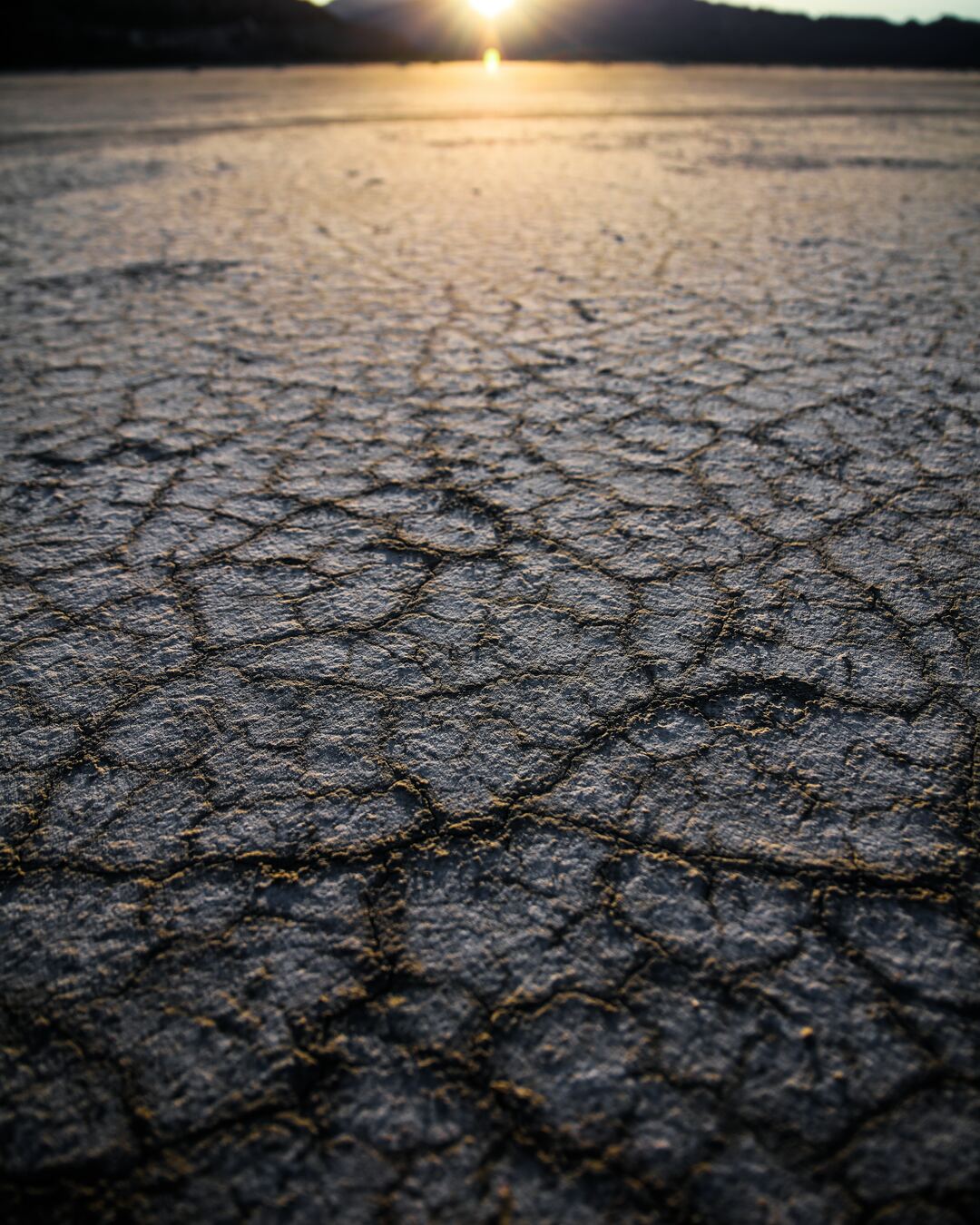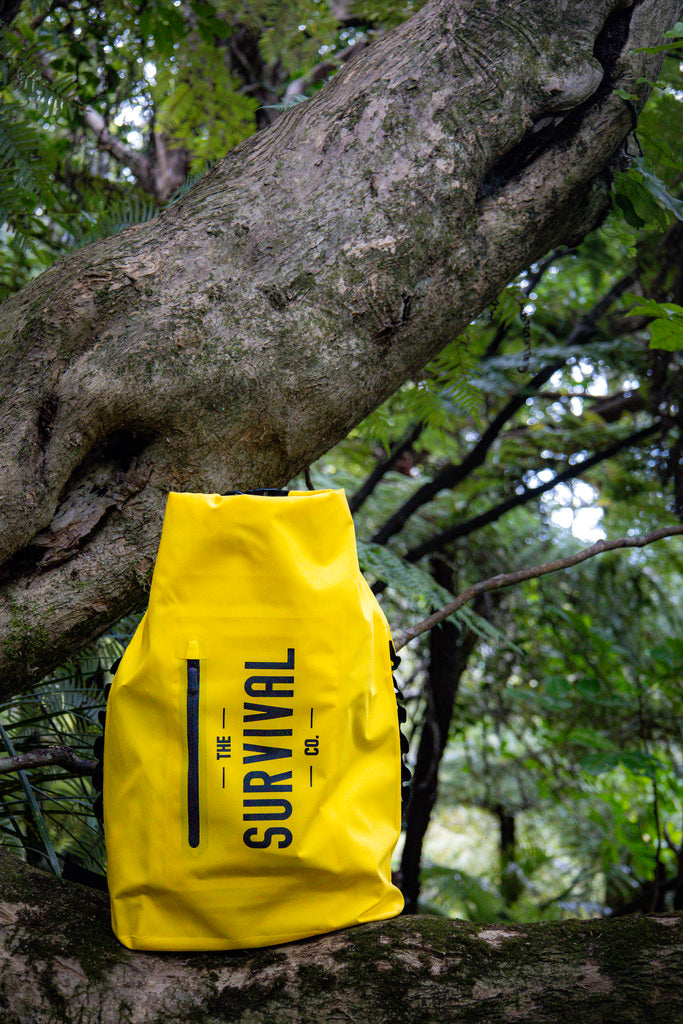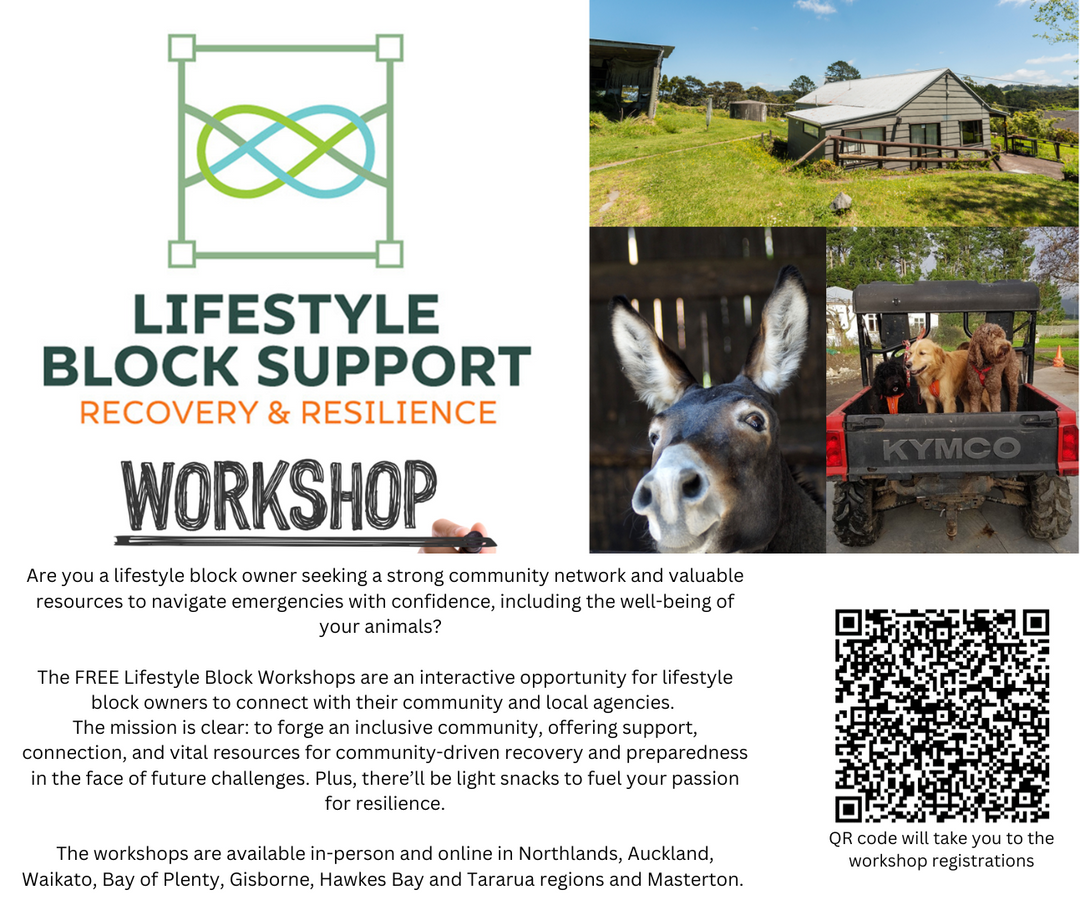She’ll be right. But, will it really?
A 2020 Civil Defence report showed that the biggest barrier to preparedness in New Zealand is our collective lack of knowledge - we’re just not sure how to prepare for a natural disaster.
The Disaster Preparedness Survey revealed that our never-ending optimism (the classic she’ll be right attitude) has also led lots of us to believe it’s unlikely we’ll ever be involved in a natural disaster.
The result? Most of us don’t know what kind of disasters could affect the areas we live or work in. We’re also not sure what goes into getting us out safely.
Here’s what we’re talking about.
We love Auckland. Living and running a business here is wonderful, and we don’t want to be anywhere else. But the fact is, we’re vulnerable to flooding, strong winds, fire, tornadoes, and tsunamis. These are all unique risks, not to mention other hazards such as, power outages, water supply failure, terrorism, and pandemics.
Being family-run, we face competing demands for our time and money. And if it wasn’t for our backgrounds in Defence and Emergency Management, it’s likely we’d fail to put together an emergency plan for our business.
However, emergency plans are not only good to have - they’ve become a health and safety requirement. The Health and Safety at Work Act 2015 mandates that employers are both responsible and liable for the health and safety of their staff. Although not presently legislated, there is an obvious ethical responsibility for us employers to extend this preparedness to natural and lockdown disaster emergencies.
So, how will I get my team prepared?
It starts with a chat.
Talking about the hazards our business could be prone to (flooding, strong winds, fire, or tsunamis to name a few). And, talking through what an emergency plan might look like for our location.
If you’re going to follow suit, consider the impacts of these hazards:
- A damaged building;
- An evacuated region, preventing you from getting to your computer and documents;
- The power and water cut off for several days;
- Your staff unable to get to work, being injured, or needing to look after family members.
These factors can guide your emergency plan. Auckland Emergency Management outlines the following points that need to be covered off:
- Clear evacuation procedures. Decide on a safe meeting place that is close to your premises;
- A procedure to handle injuries. People may be injured and you may have to look after them for several hours until help arrives. Make sure you have blankets and a first aid kit;
- Emergency contact details. Keep important contact details updated and handy. This includes phone numbers for staff, emergency services, clients, suppliers and your insurance company;
- Emergency supplies. In an emergency, your staff may be stuck at work or unable to take transport home for many hours or even a day. Ensure you have enough supplies for everyone onsite, including customers and visitors;
- Instructions for switching off electricity, water, and gas supplies. Fires caused by gas leaks and electrical sparks are a risk after a disaster strikes. Make sure your staff know when and how to turn these off.
The Disaster Preparedness Survey found one particularly effective trigger for preparation: social norms. People are more likely to get prepared if they see that their friends and family also think it’s important.
It starts with a conversation…
The photo below is one of a number of orders we’ve recently sent to local Auckland businesses. These Grab Bags fit perfectly under desks and can be easily at-hand in the event a disaster strikes. We’re seeing an uptake in businesses and households taking emergency preparedness seriously, particularly given last year’s events!
Spread the word and let’s make prepping more mainstream.
For more where this came from, subscribe here. Or, drop us a line at sales@thesurvivalco.nz
To your safety,
Sam & Mel.

